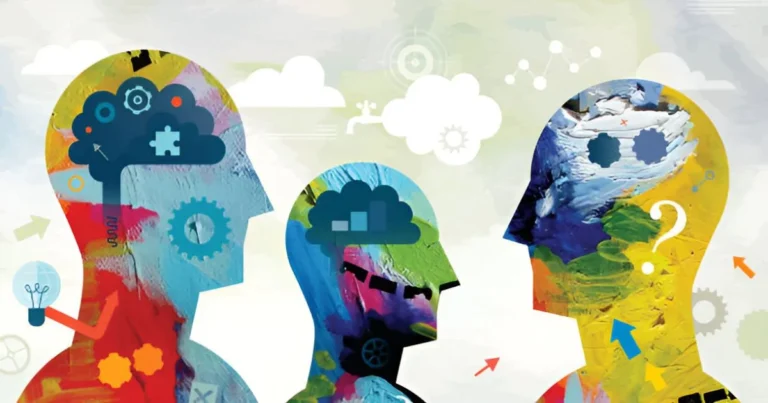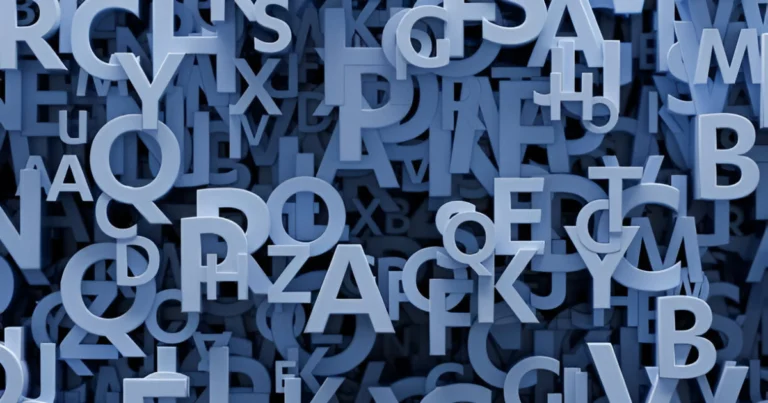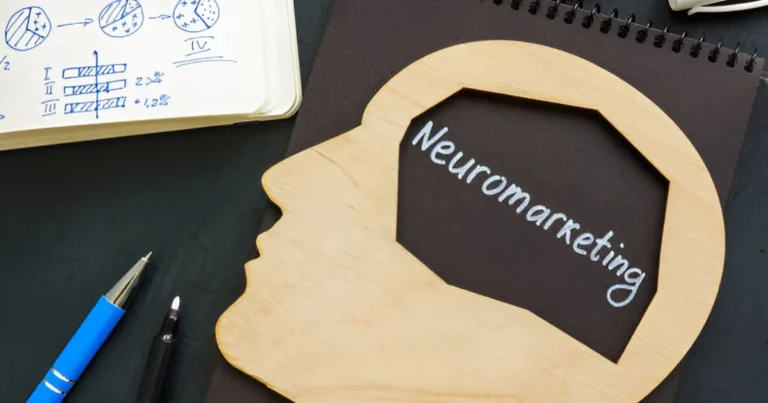Déjà Vu: The neuroscience and mystery behind the feeling
Sometimes, in the midst of an ordinary moment, a scene, location, or conversation can trigger a strange, unsettling feeling: the sense that this instant has already been lived, even though we know that’s impossible. Called “déjà vu,” this phenomenon has intrigued scientists, philosophers, and poets for centuries. It affects about two-thirds of people at some point in their lives, lasts for only a fleeting moment, yet leaves a lasting impression. This unique experience, part familiarity, part strangeness, opens a fascinating window onto the workings of memory, perception, and consciousness. More than a simple illusion, déjà vu may offer a glimpse of the subtle brain processes that shape our understanding of the world.
This uncanny feeling, balanced on the threshold between memory and perception, finds an intriguing portrayal in Tony Scott’s film Déjà Vu. In a pivotal scene, the main character, Doug Carlin (played by Denzel Washington), explores technology capable of revisiting the past in real time. This cinematic portrayal illustrates what neuroscience attempts to explain: an overlap in the brain circuits that govern memory and present perception. Just as Doug toggles between past and present to unravel a mystery, the brain, during a déjà vu episode, appears to revisit fragments of familiar memories, creating a sense of predictability. The scene highlights the phenomenon’s strangeness and mystery while demonstrating how art and cinema delve into themes deeply rooted in our cognitive biology.
When memory plays tricks: Understanding the roots of false familiarity
Understanding déjà vu requires a look into the foundations of memory. Contrary to what one might think, our memory is not a flawless, unchanging record. Instead, it is dynamic and continually revised each time we access it. Two distinct processes play key roles: familiarity, the sense that something is known, and conscious retrieval, which allows us to link that feeling to a specific memory.
Déjà vu arises from a temporary imbalance between these two processes. This misalignment can occur when the familiarity-recognition system erroneously activates, particularly in the hippocampus, a key brain region for memory encoding. Familiarity is triggered mistakenly, without the ability to retrieve a precise memory. The resulting disconnect produces a disconcerting feeling: everything seems familiar, but the brain cannot pinpoint the context to explain why. This phenomenon underscores the complexity of our memory systems and how easily they can misinterpret new experiences.
How tiny time Gaps spark Déjà Vu
Déjà vu is not limited to memory mechanisms. Neuroscientists also explore how our sensory systems contribute to this experience. The human brain constantly processes a flood of sensory information, visual, auditory, tactile, and more. A slight delay in one of these sensory inputs can spark a surprising illusion: repetition. Imagine a neuronal signal that arrives with a tiny delay between the two hemispheres of the brain; just a fraction of a second can deceive our perception. This small temporal offset can turn a single event into a double perception, producing the strange impression of rediscovering something we have just perceived. An image or sound received twice within a few milliseconds may be interpreted as a memory rather than a quirk of the present.
This sense of puzzling familiarity reminds us that our memory functions not as an exact recorder but as an active filter constantly reconstructing our reality.
Studies using virtual reality have supported this theory by exposing participants to slightly altered environments. Many report feelings of déjà vu under these conditions, revealing how sensitive the brain is to small perceptual inconsistencies. This desynchronization highlights the elaborate neural processes that unify our perceptions into what we experience as reality.
Research on déjà vu in temporal lobe epilepsy has offered further intriguing insights into brain function. This sense of familiarity sometimes emerges just before a seizure, especially when its origin lies in temporal lobe structures such as the hippocampus and the rhinal cortex. These areas play crucial roles in memory and appear to generate the deceptive impressions that characterize déjà vu.
The rhinal cortex, in the depths of the temporal lobe, is often linked to false familiarity signals. Direct stimulation, for instance, through implanted electrodes used in medical treatments, can elicit déjà vu. Studies have also shown that abnormalities in this region, such as reduced metabolic activity, reinforce its central role in this phenomenon.
However, the rhinal cortex does not operate alone. The hippocampus, another crucial temporal lobe structure, contributes by assessing the context of memories and alerting the brain that this sense of familiarity is actually misplaced. In some patients, such as those with bilateral temporal lobe epilepsy (bTLE), broader disruptions in episodic memory, the memory of specific events, can occur. This further underscores the importance of interactions between these two areas in managing our memories.
In individuals without any identifiable neurological conditions, déjà vu may result from similar but transient disruptions of neural circuits. For instance, a spontaneous, localized activation of the rhinal cortex could generate an incorrect feeling of familiarity. These mild anomalies are more likely in states of stress, fatigue, or cognitive overload, transiently disturbing the balance between the familiarity and novelty signals produced by the hippocampus and the rhinal cortex.
The mystical side of Déjà Vu
Beyond scientific explanations, déjà vu also raises philosophical questions, challenging our understanding of time, reality, and memory. It reveals that our perception of the present moment is a construct, a careful interpretation devised by our brain.
That brief instant, in which past and present appear to merge, can feel almost mystical, as though our consciousness briefly touched a timeless dimension.
Writers and philosophers often describe moments when an unexpected memory surges forth and transforms the ordinary into something extraordinary. Although déjà vu is not a true memory, it carries that same sense of magic. It prompts us to contemplate the nature of our consciousness. This fleeting experience reminds us that what we call “the present” is simply a temporary assembly of elements drawn from our past. In this sense, déjà vu epitomizes how the brain continually reconstructs reality, reminding us that our notion of “now” is always the product of a cognitive process.
It can be viewed as a subtle wink from memory, reminding us that our perceptions, grounded in biology though they are, can still awaken a nearly mystical sense of wonder.
Déjà vu is more than a quirk of the brain. It is an invitation to appreciate the complexity of human perception, reminding us that even though our reality is anchored in neurological mechanisms, it is also imbued with an inherent poetry. Therefore, the next time you sense a déjà vu, allow yourself to be carried away by it. This phenomenon exemplifies the richness of our inner world and the remarkable capacity of our minds to create meaning where there may be none.
Reference:
Brown, A. S. (2004). “The Déjà Vu Illusion: A Cognitive Neuroscience Perspective” Psychological Bulletin, 130(4), 574–595.
Gillinder L, Liegeois-Chauvel C, Chauvel P. What déjà vu and the “dreamy state” tell us about episodic memory networks. Clin Neurophysiol. 2022 Apr;136:173-181.
PhD, Clinical Neuroscience & Mental Health
Associate member of the Laboratory for Nervous System Diseases, Neurosensory Disorders, and Disability.
Professor, Graduate School of Psychology







